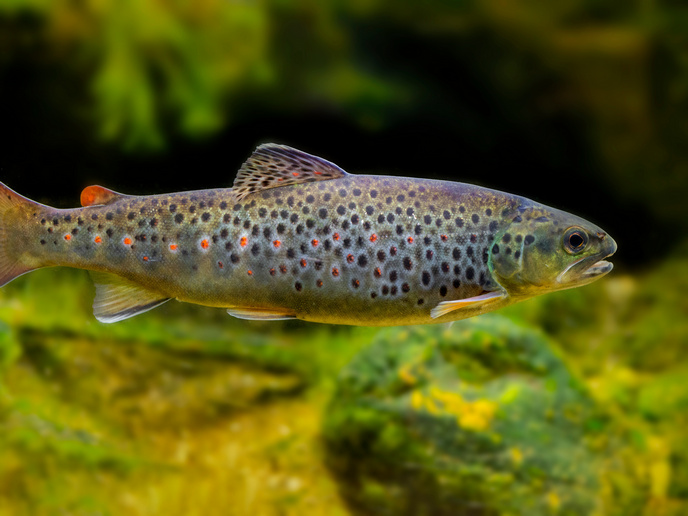Fruits under genetic scrutiny
EU-funded research at FRUIT LOOK(opens in new window) has looked at the genetics and gene networks behind fruit formation in plants as diverse as the model Arabidopsis thaliana to its ancestral predecessor, the moss Physcomitrella patens. Sifting through Big Data for evidence of gene networks, the team also studied Solanum (tomato), Antirrhinum and Nicotiana species. Synergy in collaboration with complementary expertise Spread across North America and Europe, six partners donated their expertise in diverse research areas including reproductive biology, developmental genetics, functional genomics and molecular genetics, offering an excellent platform and environment for training young investigators. Reinforced by an intercontinental exchange platform, the members used genomic tools, ChIP analyses, protein/protein interactions and hormone homeostasis manipulation to shed light on the mechanisms controlling fruit formation, growth and maturation. As Prof. Simona Masiero, project coordinator points out, “The success of this scheme led to working relationships that transcended the scope of a single project and many staff members from both continents will benefit now and in the future.” Fruitful developments on structure and function At its simplest, the fruit has evolved to protect the seeds and ensure seed dispersal and growth. Fruits are formed from the fertilised mature gynoecium although especially in fleshy fruits, additional flower components are required. FRUIT LOOK successfully contributed to better elucidate the molecular, genetic and physiological networks modulating fruit patterning and growth in Arabidopsis thaliana. Significantly, the information has been transferred to important agricultural crops, tomato, tobacco and various legumes. Fruit morphology and function depends largely on gynoecium patterning, the female reproductive part of the plant. It holds the ovary, which then develops into the fruit after fertilisation. FRUIT LOOK researchers generated high order mutants from already known regulators to establish genetic relations between them. Results show that molecular cascades emanate from these regulators. Those hormones kick in to action again! As well as the action of genetic regulators, hormones such as auxin, cytokinin and gibberellin behave as morphogens in the formation of the gynoecium. The scientists have assigned new roles for auxin homeostasis within the flower. Another role for abscisic acid (ABA) was also discovered. The group focused on ABA and its role in fertilisation and maturation events. Database hub and networks As an example of the Big Data approach, the research group have made use of Solcyc, a database hub for the manual curation of metabolic networks in the Solanaceae family – that includes potato, tomato, pepper and tobacco – specific databases. Work delivered by the FRUIT LOOK consortium is geared overall to a systems biology approach. By merging data on fruit formation regulators, the researchers have identified upstream regulators and their target genes to build detailed networks. Legacy of FRUIT LOOK training FRUIT LOOK had a very high impact for all the researchers involved, both for the early stage (ESRs) and experienced researchers. “The ESRs got the opportunity to visit overseas labs and to work in high-tech research institutions,” stresses Prof. Masiero. PhD students had the opportunity to generate their own data and collaborate in the analysis. Testament to the calibre of training the researchers received is the number of research they have secured. So far, two ESRs have landed positions as PhD students, one student finished her PhD and three have gained post docs. Three publications in joint peer-reviewed journals span a wide range of themes from embryo patterning, auxin sensing and control, meristem arrest and metabolic networks. There are two more articles under revision. Prof. Masiero sums up the success of the FRUIT LOOK project: “FRUIT LOOK has provided substantial advances in processes that are central for plant breeders, like fruit maturation processes and seed fruit cross-talk.” The focus on pathways controlling reproductive development adds further importance to this project since climate change and the global increase in food prices highlight the necessity to concentrate resources on maintaining and enhancing food security.







